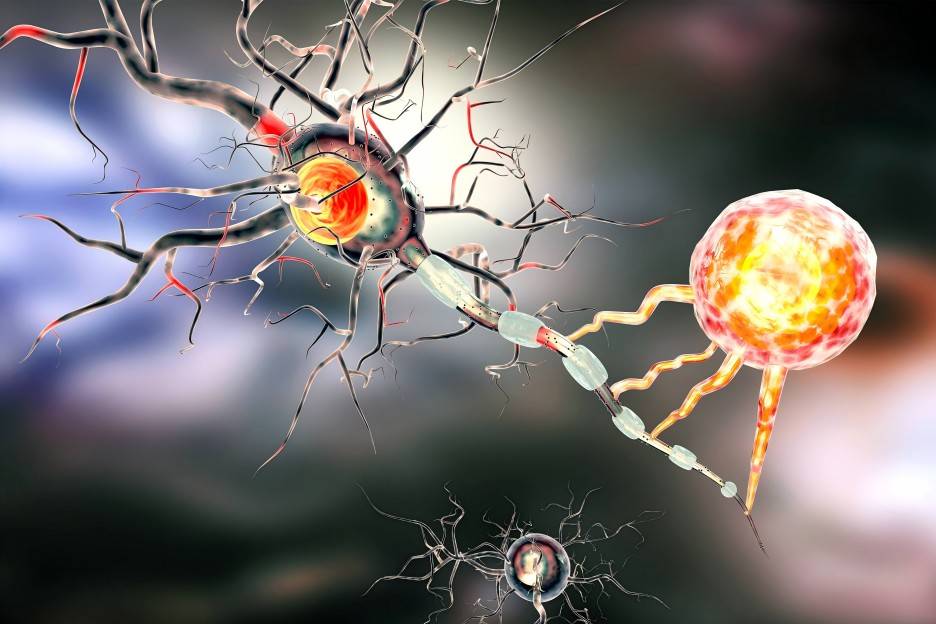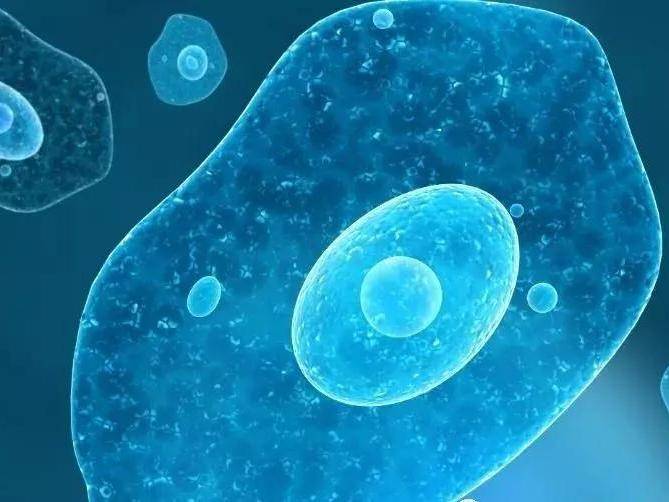Study on Ginsenoside and Cardiovascular
Modern pharmacological studies have confirmed that ginsenosides (GS) are the main active substances in ginseng. To date, more than 30 types of ginsenosides have been isolated from ginseng [1]. The total saponin is called ginsenoside R x, and each component is named R o, R a, R b1, R b2, R b3, R c, R d, R e, R f, Rg1, Rg2, Rg3, R h1, R h2, and R h3 in ascending order of the R f value from a thin-layer silica gel chromatogram. However, in recent years, most research on ginseng saponins has focused on R b1, R e, Rg1, R h2, etc. Ginseng saponins can be divided according to their chemical properties into: ginsenoside diol type (type A), including R b1, R b2, RC, R d, R h2, etc.; ginsenoside triol type (type B), including R e, R f, Rg1, Rg2, R hr, etc.; oleanolic acid type (type C) such as R o. Modern research has shown that ginsenosides have clinical significance for various diseases of the cardiovascular system, such as ischemic heart disease, arrhythmia, and heart failure [2]. The following is a summary of recent research on the pharmacological effects of ginsenosides on the cardiovascular system.
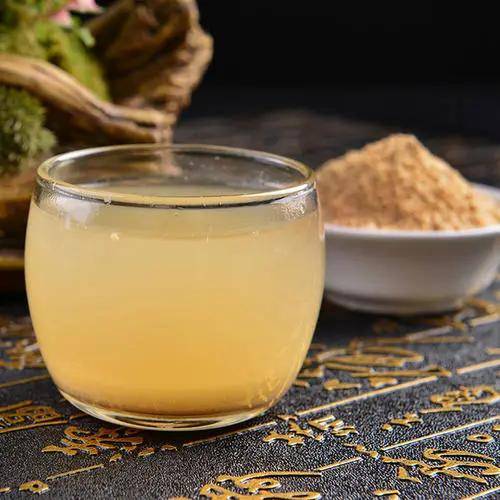
1. Effects on myocardial function
Tian Jianming et al. [3] used an in vitro culture of cardiomyocytes to prepare a model of hypoxic and glucose-deficient cardiomyocytes, and found that ginsenoside Rg2 significantly increased the beat amplitude and survival rate of hypoxic and glucose-deficient cardiomyocytes. It was also observed in experiments that Rg2 significantly reduced the concentration of free Ca2+ in hypoxic and glucose-deficient cardiomyocytes, while it had no significant effect on the release of Ca2+ from cardiomyocytes induced by KC l. At high concentrations, it had a mild inhibitory effect on the influx of extracellular Ca2+ caused by CaC l2, while at low concentrations, it had no significant effect [4].
Wang Tianxiao et al. [5] established a pressure overload ventricular remodeling model by ligating the abdominal aorta of rats to study the effect of ginsenoside Rb on ventricular remodeling in rats with pressure overload myocardial hypertrophy and its mechanism of action. It was found that ginsenoside Rb has a protective effect on ventricular remodeling in rats, which may be related to its mechanism of improving left ventricular systolic and diastolic function in rats with ventricular remodeling, enhancing antioxidant enzyme activity, reducing myocardial damage caused by free radicals and vasoconstrictor substances, and correcting the imbalance between PGI2 and TXA2.
Su Dayuan et al. [6] also studied protopanaxadiol group saponins (PQDS) extracted from American ginseng leaves and found that PQDS can effectively prevent ventricular remodeling after myocardial infarction in rats, significantly increase the maximum rate of increase and decrease in left ventricular intra-pressure, and significantly reduced left ventricular volume, left ventricular long axis length, left ventricular short axis length, left ventricular absolute weight and left ventricular relative weight. In addition, PQDS can significantly reduce serum lipid peroxides and the levels of myocardial angiotensin II and adrenaline, and increase superoxide dismutase, catalase and glutathione peroxidase. It is speculated that this may be related to inhibiting the local production of angiotensin II in the heart and inhibiting the release of catecholamines from sympathetic nerve endings, as well as improving the antioxidant capacity of the heart muscle.
In addition, studies on ginseng fruit saponins (GFS) have shown that GFS can improve the systolic and diastolic functions of the heart muscle, relieve pump failure after myocardial infarction, and reduce myocardial oxygen consumption, which is beneficial to increasing myocardial blood supply.
2 Effect on cardiogenic shock
A dog model of cardiogenic shock and heart failure was created by using pentobarbital sodium. The effects of ginsenoside on blood pressure (BP), left ventricular systolic pressure (LVSP), left ventricular pressure rise rate (LVdp/dtmax), heart rate (HR) and cardiac output (CO) were observed. The results showed that Ginseng total saponins 10 mg/kg and 20 mg/kg, after intravenous injection, LVdp/dtmax, LVSP, BP and CO all increased, left ventricular end-diastolic pressure (LVEDP) decreased, and HR slowed down. Lv Wenwei et al. [8] prepared a canine model of cardiogenic shock by ligating the anterior descending branch of the canine coronary artery, and injected Rg20.5, 1 and 2 mg/kg intravenously, respectively.
They found that ginsenoside Rg2 can significantly increase the mean arterial pressure (MBP), left ventricular end-diastolic pressure and maximum change rate (±dp/dtmax), cardiac output; significantly reduced total peripheral resistance, elevated ST segment of the heart surface electrocardiogram; reduced the scope of myocardial infarction; reduced serum creatine kinase (CPK), lactate dehydrogenase (LDH) and aspartate aminotransferase (AST) activity; increased arterial and venous oxygen content, and reduce myocardial oxygen consumption index and myocardial oxygen uptake rate. It can reduce the damage to myocardial cells and their mitochondria, and has a significant protective effect on ischemic myocardium in dogs with cardiogenic shock. Later, by studying the effect of ginsenoside diol-saponin (PDS) on acute cardiogenic shock [9-10], it was found that PDS can significantly increase MBP and dp/dtmax in shocked dogs; significantly reduced the concentrations of serum inflammatory cytokines interleukin-1 (IL-1), interleukin-6 (IL-6) and tumor necrosis factor-a, and reduced myocardial ischemia and the extent of ischemia, shrinking the area of myocardial infarction, lowering whole blood viscosity and hematocrit, and protecting dogs with acute cardiogenic shock.
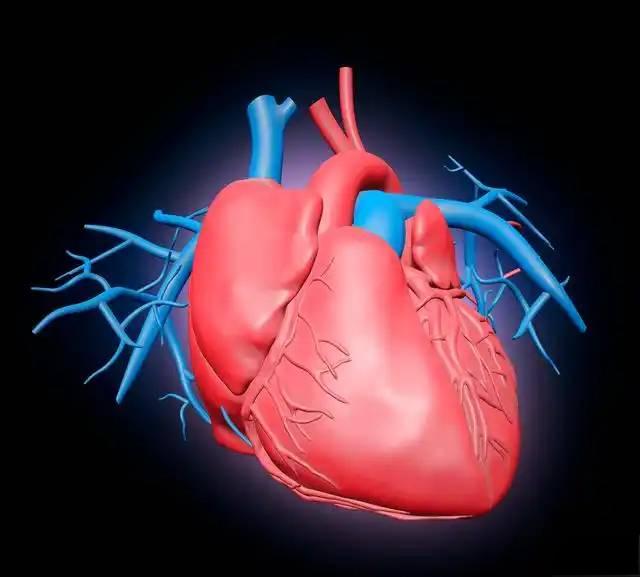
3 Effect on myocardial ischemia-reperfusion
Tian Jianming et al. [11] ligated the anterior descending branch of the coronary artery of rats, loosened the ligature 3 h later, restored blood flow for 20 min, and quickly removed the heart. apoptosis was detected, and the test showed that pre-administration of Rg 21.0 and 2.0 mg/kg can reduce ischemia-induced apoptosis and significantly reduce ischemia-induced DNA fragmentation bands. Ginseng saponin R e can inhibit myocardial apoptosis by inhibiting the expression of the pro-apoptotic gene Bax and increasing the Bcl-2/Bax ratio.
Adult mongrel dogs were given two intravenous infusions of physiological saline containing total ginsenosides (12.5 mg/kg) 1 hour before aortic occlusion and immediately after reperfusion. Hemodynamic parameters, intracellular free calcium concentration, mitochondrial phospholipid content of cardiomyocytes, mitochondrial calcium pump activity, and myocardial histochemistry were measured through normothermic extracorporeal circulation. it was found that at 30 and 60 minutes of reperfusion, ginsenosides can significantly improve systolic and diastolic function during the reperfusion period, significantly reduce the concentration of free calcium in cardiomyocytes, increase the content of mitochondrial phospholipids and the activity of the mitochondrial calcium pump, and significantly reduce the incidence of arrhythmias.
Myocardial histochemical examination showed that ginsenoside can maintain the myocardial tissue structure basically normal after ischemia-reperfusion. The mechanism of ginsenoside against myocardial ischemia-reperfusion injury is mainly to protect the activity of the mitochondrial calcium pump in cardiomyocytes, reduces the degradation of mitochondrial phospholipids, protects the integrity of the membrane system; and reduces the concentration of intracellular free calcium, prevents calcium overload in cardiomyocytes, and avoids myocardial reperfusion injury.
Qu Shaochun et al. [12] prepared an experimental model of myocardial ischemia-reperfusion injury by ligating the anterior descending branch of the coronary artery in rats for 30 minutes and then reperfusing for 24 hours. Ginseng Rb group saponins (G-Rb) were given to rats at doses of 25, 50 and 100 mg/kg·d-1 by continuous gavage for 7 days. it was found that G-Rb has a significant protective effect on experimental myocardial ischemia-reperfusion injury in rats, which may be related to its mechanism of enhancing the activity of antioxidant enzymes, reducing oxidative damage to the heart muscle by free radicals, correcting the imbalance between PGI2 and TXA2, and inhibiting platelet aggregation activity.
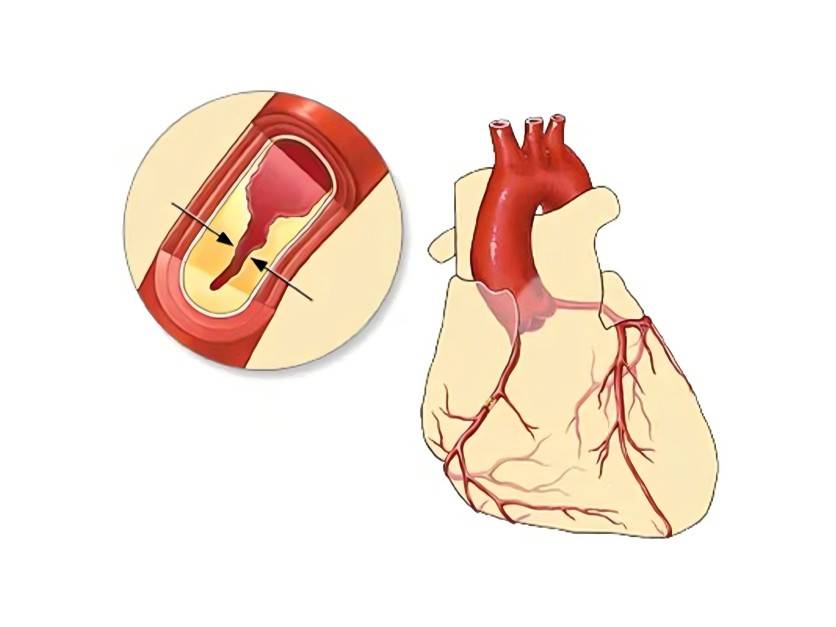
Song Qing et al. [13] studied the protective effect of ginsenoside saponin (GSLS) preconditioning on myocardial ischemia-reperfusion injury (I-R) in spontaneously hypertensive rats (SHR) and its possible mechanisms. SHR was given GSLS 50 and 100 mg/kg once/d by gavage for 3 weeks before I-R modeling, and rat blood pressure, cardiac function and cardiac hemodynamic indicators were measured during ischemia for 40 min and reperfusion for 30 min. biochemical methods were used to determine myocardial ATPase, lactate dehydrogenase (LDH) and superoxide dismutase (SOD) activity and malondialdehyde (MDA) and NO content, and cadmium hemoglobin saturation method was used to determine the content of metallothionein (MT) in the heart and liver, and immunohistochemical methods were used to determine the expression of heat shock protein 70 (HSP70). It was found that the GSLS 50 and 100 m g/kg pre-adaptation groups significantly improved the heart rate, peak left ventricular pressure, and ±dp/dtmax of the I-R injured SHR, significantly increased myocardial ATPase activity, reduced LDH leakage, increased myocardial SOD activity, increased NO content, decreased MDA content, increased myocardial and liver MT content, and increased the percentage of positive myocardial HSP70 cells. Its mechanism of action is related to improving the contractile function of the SHR heart, improving myocardial metabolism, enhancing antioxidant activity and inducing the release of endogenous myocardial protective substances.
4 Effect on myocardial infarction
Lu Feng et al. [14] established an acute myocardial infarction model by ligating the left anterior descending branch of the coronary artery (LAD) in dogs. The study found that ginsenoside Rb1 has a significant protective effect on acute ischemic myocardium, and the mechanism of action may be related to its correction of metabolic disorders of free fatty acids (FFAs) during myocardial ischemia and its ability to scavenge free radicals to prevent lipid peroxidation, as well as enhancing the activity of antioxidant enzymes in the body. American ginseng leaf 20S-protopanaxadiol group saponin (PQDS) also has a protective effect on acute myocardial ischemia, and the mechanism may be related to its inhibition of sympathetic-adrenal medulla hyperactivity, reduction of catecholamine (CA) hypersecretion and inhibition of RAS activation, reduction of angiotensin (Ang) production, and breaking the vicious cycle caused by the mutual promotion of CA and RAS. Ginseng fruit saponin (GFS) also has a protective effect on acute myocardial ischemia induced by isoproterenol and pituitary adenylate cyclase-activating polypeptide. Ginseng saponin Rg2 has a protective effect on chemical myocardial ischemia in rats prepared with isoproterenol, sodium nitrite and pituitary adenylate cyclase-activating polypeptide.
Liu Jie et al. [15] established an acute myocardial infarction model by ligation of the LAD in dogs. After modeling, ginsenoside PDS was infused into the femoral vein at two doses of 12.5 and 25 mg/kg. It was found that both doses could significantly reduce the myocardial infarction rate. From the ultrastructural observation, the nuclear membrane of the cardiomyocytes in the low-dose group of PDS was intact, the nucleus was irregular, the surrounding sarcomere structure is clear, the mitochondria are arranged in a longitudinal direction between the myofilaments, and small vesicles can be seen in the cytoplasm; in the PDS high-dose group, the structure of the myocardial cell membrane is intact, the structure of the dark and light bands of the sarcomere is clear, the arrangement of the myofilaments is relatively neat, the mitochondria between the myofilaments are relatively large, arranged in a longitudinal direction, and the cristae are clearly visible. In both dose groups, the levels of NO and nitric oxide synthase (NOS) in the serum were significantly increased 4 hours after administration.
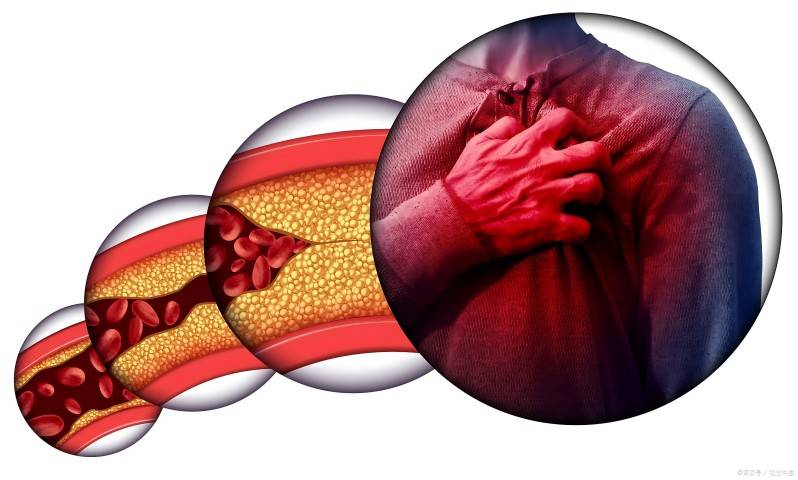
Jin Yan et al. [16,17] studied the effects of ginsenoside Rg1 on neovascularization after acute myocardial infarction and its mechanism of action. An acute myocardial infarction model was established in Wistar rats, and the rats were given ginsenoside Rg1 low-dose (1 mg/kg) and high-dose (5 mg/kg) treatment groups by intraperitoneal injection. RT-PCR was used to detect the expression of vascular endothelial growth factor (VEGF) and hypoxia-inducible factor-1α (HIF-1α) mRNA in myocardial tissue in the infarct zone. The results showed that the treatment group had significantly lower myocardial enzymes and myocardial infarction areas, and the number of blood vessels in the infarct area increased steadily and continuously, which was significantly higher in the treatment group than in the control group. After myocardial infarction, the expression of VEGF and HIF-1α mRNA increased with the prolongation of ischemia (3, 7 and 10 d groups), and the treatment group showed a significant increase. At 14 d, the increase in VEGF stopped or decreased, while HIF-1α continued to rise; the VEGF expression in the sham operation group was significantly lower than that in each of the operation groups. Studies have shown that the acute phase of severe ischemia can stimulate myocardial tissue to produce large amounts of VEGF and HIF-1α, thereby protecting ischemic myocardium. Ginseng saponin Rg1 can stimulate angiogenesis in the myocardial infarction area and the establishment of collateral circulation by increasing the expression of the two.
In summary, pharmacological research on ginsenosides in cardiovascular medicine has already begun and continues to deepen. While continuously extracting and modifying to obtain more ginsenoside-type active substances, research on the pharmacological activity of ginsenosides is expected to identify compounds with stronger activity and specificity, accelerating the industrial production and clinical application of ginsenoside ingredients. Theoretical and systematic summaries of current research results on ginsenosides are of profound research significance.
References
[1] Zhu Liancai, Wang Bochu, Tan Jun. The effect of ginkgo biloba extract and ginsenosides on vasoactive substances. Journal of Chongqing University (Natural Science Edition), 2007, 30 (4): 136
[2] Wang Qiang, Mo Xuemei, Yang Xiaoying. Modern research progress of ginsenosides in the treatment of cardiovascular disease. Advances in Cardiovascular Diseases, 2006, 27 (3): 325
[3] Tian Jianming. Effects of ginsenoside Rg-2 on the amplitude and survival rate of myocardial cells. Chinese Journal of New Drugs, 2003, 12 (11): 912
[4] Li Taiping. Research progress on the pharmacological activity of ginseng saponins. Biology Teaching, 2003, 28(4): 1
[5] Wang Tianxiao, Yu Xiaofeng, Qu Shaochun. Effects of ginsenoside Rb on ventricular remodeling in rats with pressure-loaded myocardial hypertrophy and its mechanism of action. Shi Zhen, Traditional Chinese Medicine, Traditional Chinese Medicine, 2008, 19 (7): 1615
[6] Sui Dayuan, Yu Xiaofeng, Qu Shaochun. Effects of American ginseng leaf 20s-protopanaxadiol group saponins on experimental ventricular remodeling in rats. Chinese Journal of Pharmacy, 2007, 42 (2): 108
[7] He Xiaoxi, Qu Shaochun, Yu Xiaofeng. The effect of ginseng fruit saponins on hemodynamics in dogs with acute myocardial infarction. Journal of Jilin University (Medical Sciences), 2008, 34(2): 204
[8] Lv Wenwei, Liu Jie. The protective effect of ginsenoside Rg2 on myocardial cells in dogs with acute cardiogenic shock. Journal of Jilin University (Medical Sciences), 2003, 29(4): 392
[9] Liu J. Effects of ginsenoside Rg2 on serum IL-1 levels in dogs with acute cardiogenic shock. Traditional Chinese Medicine, 2005, 27(11): 1304
[10] Wang QJ, Liu J, Liu F. Protective effect of ginsenoside diol-saponin on acute cardiogenic shock in dogs. Journal of Jilin University (Medical Sciences), 2005, 31(4): 557
[11] Tian Jianming, Zheng Shuqiu. The protective effect of ginsenoside Rg2 on myocardial cell apoptosis induced by myocardial ischemia-reperfusion injury in rats. Chinese Pharmacological Bulletin, 2004, 20(4): 480
[12] Qu Shaochun, Sui Cheng, Yu Xiaofeng. The protective effect of ginsenoside Rb on experimental myocardial ischemia-reperfusion injury in rats. Journal of Jilin University (Medical Sciences), 2007, 33(5): 849
[13] Song Qing, Zhang Xiaowen, Xu Zhiwei. The protective effect of ginsenoside pretreatment on myocardial ischemia-reperfusion injury in spontaneously hypertensive rats. Chinese Journal of Pharmacology and Toxicology, 2008, 22
(1): 42
[14] Lu Feng, Sui Dayuan. Effects of American ginseng leaf 20S-protopanaxadiol saponins on sympathetic neurotransmitters and the renin-angiotensin system in rats with acute myocardial infarction. Chinese Herbal Medicine, 2001, 32(7): 619
[15] Liu J, Liu F, Wang QJ. Effects of ginsenosides on serum nitric oxide and nitric oxide synthase levels in dogs with myocardial infarction. Chinese Journal of Experimental TCM, 2008, 14(4): 46
[16] Jin Y, Liu GN. Effects of ginsenoside Rg1 on neovascularization in rats with acute myocardial infarction. Journal of China Medical University, 2007, 36 (5): 517
[17] Jin Yan, Liu Guinan. Effects of ginsenoside Rg1 on VEGF and HIF-1α after acute myocardial infarction. PLA Medical Journal, 2006, 31 (11): 1079


 English
English French
French Spanish
Spanish Russian
Russian Korean
Korean Japanese
Japanese


